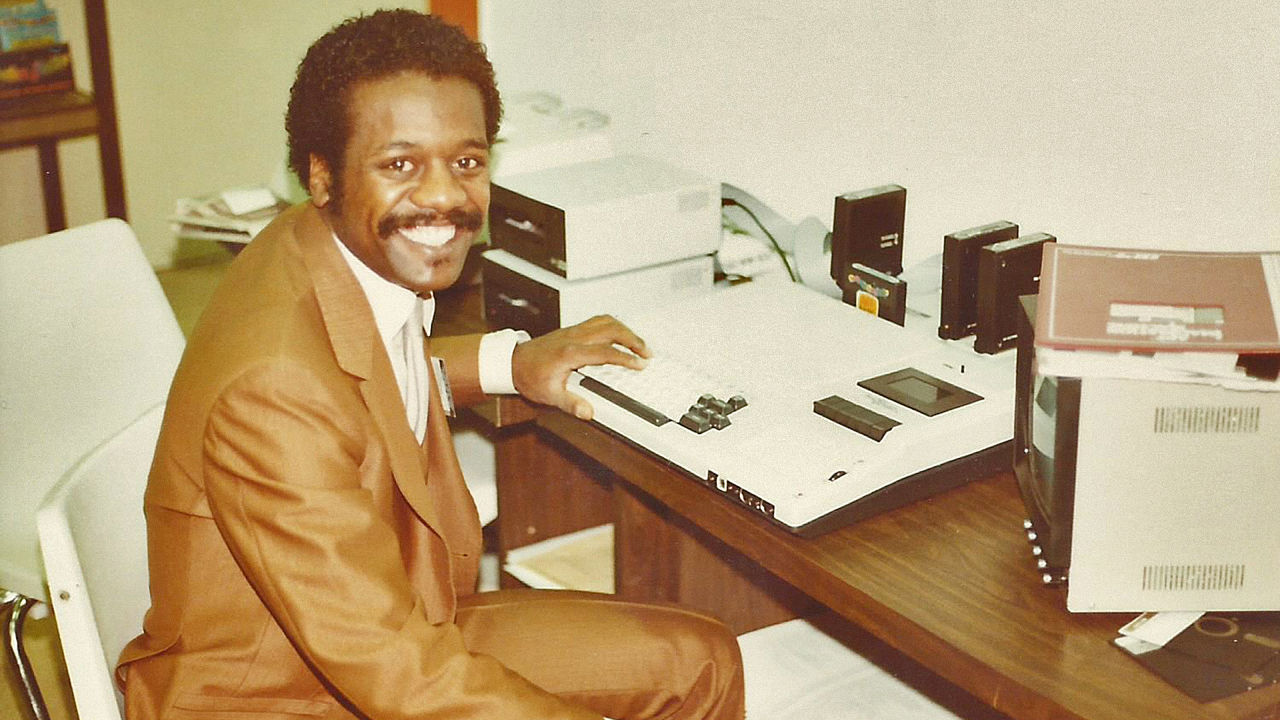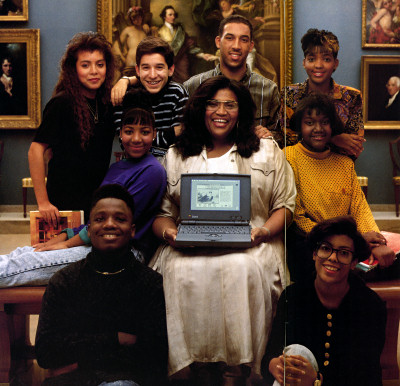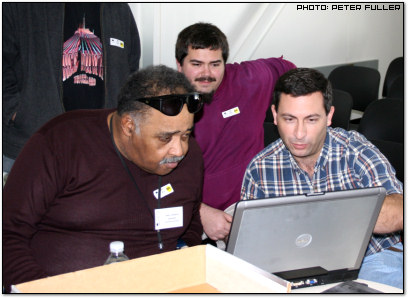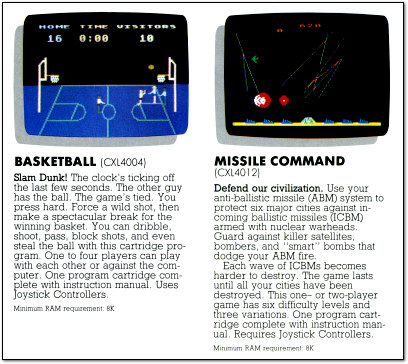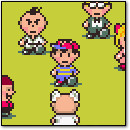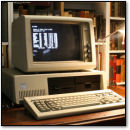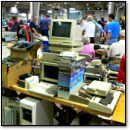VC&G Anthology Interview: Ed Smith, Black Video Game and Computer Pioneer
Wednesday, February 22nd, 2017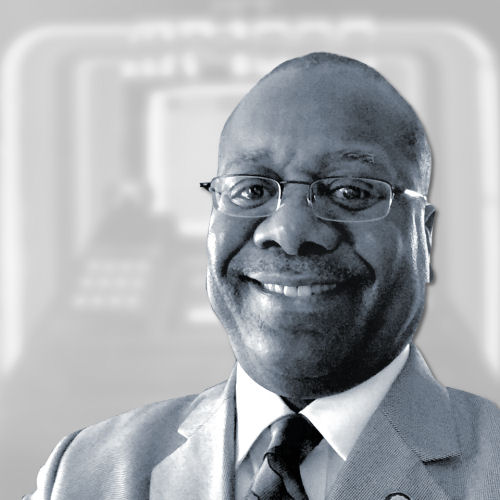 In 1978, APF Electronics introduced the MP1000, an early cartridge-based video game system. It wasn’t a smash hit like offerings from Atari, but it carried within its faux woodgrain housing a hidden kernel of cultural brilliance: The console would not have existed without the work of an African-American electronics engineer named Edward Lee Smith (b. Nov 4 1954).
In 1978, APF Electronics introduced the MP1000, an early cartridge-based video game system. It wasn’t a smash hit like offerings from Atari, but it carried within its faux woodgrain housing a hidden kernel of cultural brilliance: The console would not have existed without the work of an African-American electronics engineer named Edward Lee Smith (b. Nov 4 1954).
I first learned about Ed Smith while researching Jerry Lawson, one of the first known African-Americans in the video game industry. Not long after Lawson did his pioneering design work on the Fairchild Channel F in Silicon Valley, Smith began a similar task on the opposite side of the country, crafting his own contributions to the industry while at APF in New York City.
 As part of a small engineering team, Smith helped design the MP1000 and its plug-in computer expansion module, the Imagination Machine. That work got him noticed by Black Enterprise magazine, and in 1982, Smith and Lawson were both interviewed for a feature written by S. Lee Hilliard about the roles African-Americans had played in the video game revolution, which was a hot business topic at the time.
As part of a small engineering team, Smith helped design the MP1000 and its plug-in computer expansion module, the Imagination Machine. That work got him noticed by Black Enterprise magazine, and in 1982, Smith and Lawson were both interviewed for a feature written by S. Lee Hilliard about the roles African-Americans had played in the video game revolution, which was a hot business topic at the time.
[ Continue reading VC&G Anthology Interview: Ed Smith, Black Video Game and Computer Pioneer » ]
